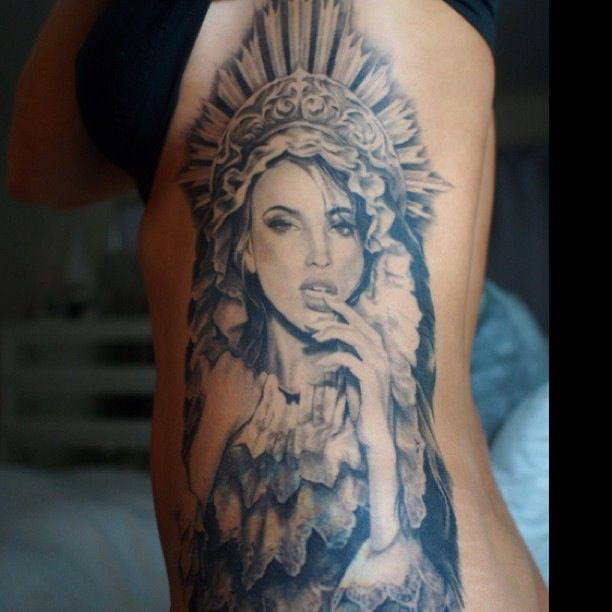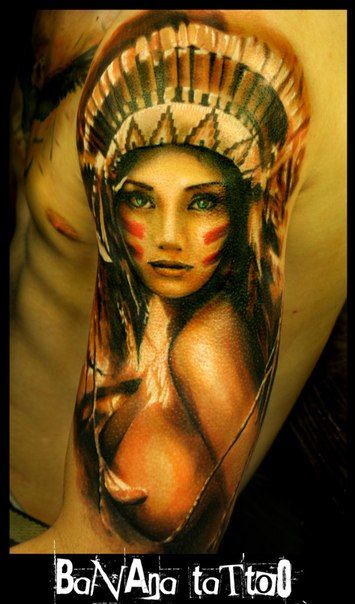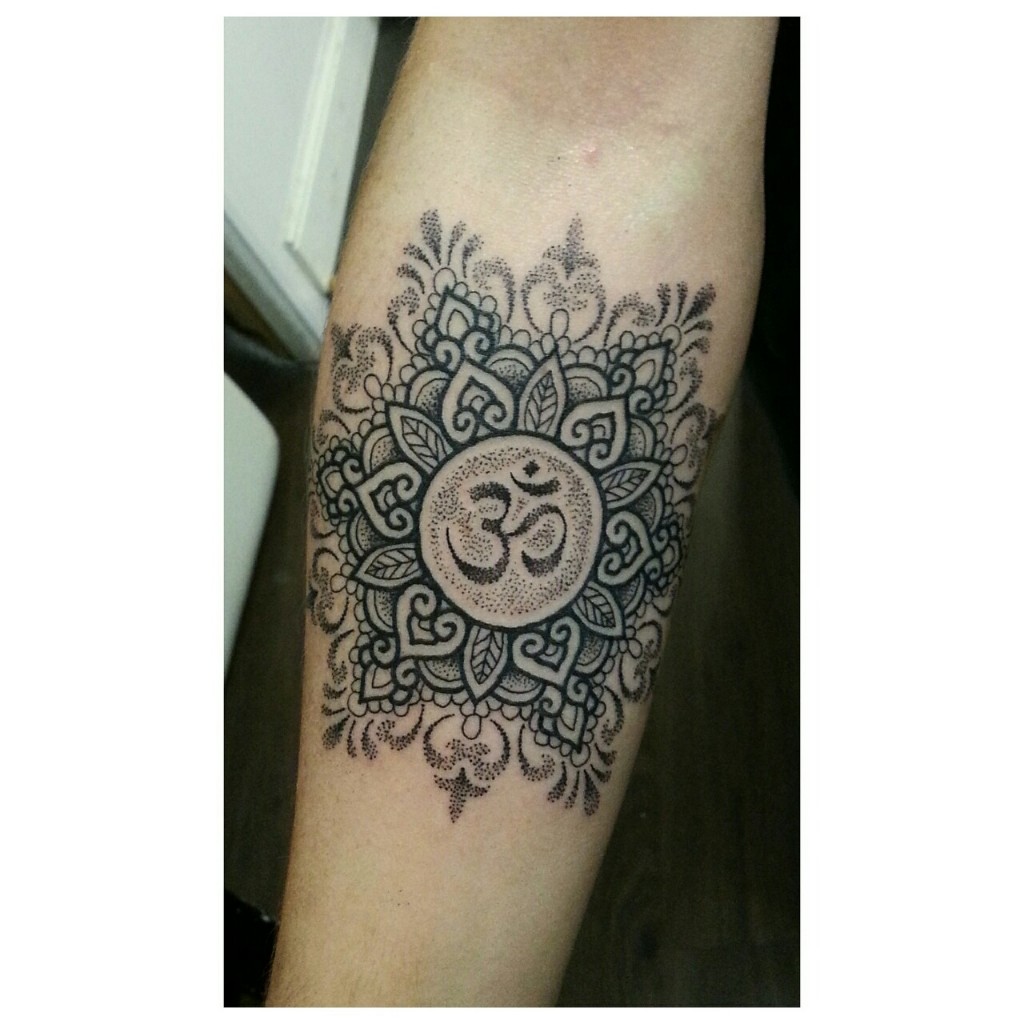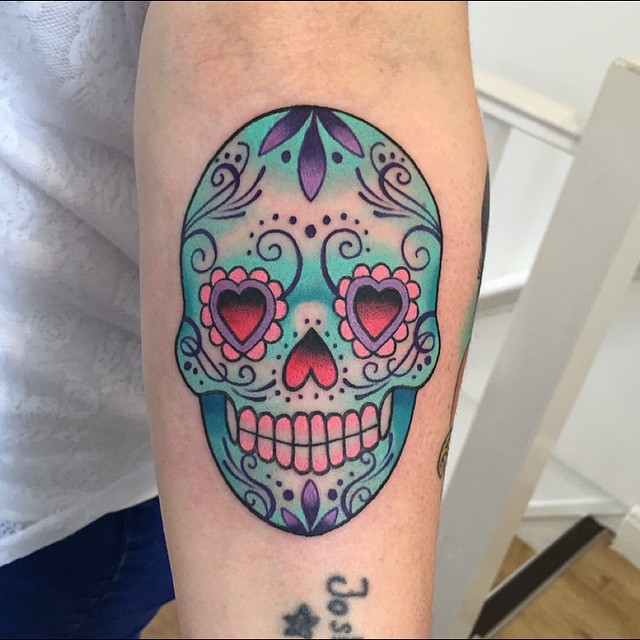Our guest blogger is psychologist, freelance writer and creator of the blog Dream Electric, Ally Richards. In this post she considers cultural appropriation and tattoos.
Heritage often acts as a source of inspiration for tattoos. It’s also equally common for tattoo collectors to adorn their bodies with representations of other cultures – perhaps memories of places visited or finding inspiration in another population’s practices.
When getting a tattoo referencing a culture that is not your own, issues can arise. We cringe at the (often misspelt) Chinese character tattoos that attracted popularity in the 90s and the use of other cultures as “exotic” or “edgy”. Beyond these examples is the possibility that the tattoo will provoke offense in members of the cultural group referenced and the wearer may be accused of “cultural appropriation”.
What is cultural appropriation? A quick google quickly evidences the controversy behind the term – angry voices making claims of racism and further angry voices proclaiming freedom of expression. In brief, cultural appropriation refers to a majority group who adopts the symbols and signs of a minority group. A power dynamic is inherent; the privileged group (often white and western) takes from an oppressed and marginalised group. This differs from “cultural exchange”, in which the trading between groups is mutual. The power lies in the hands of the majority group – they get to choose which symbols they take on and stand to benefit from this appropriation. This “accessorisation” trivialises and erases the oppression experienced by the minority group.
But I’m not racist, I just think it’s pretty…
Headdress by Ben Klishevskiy
A recent example of cultural appropriation is the wearing of “Red Indian headdresses”, which have become popular accessories. The headdresses (known as warbonnets) have a deep spiritual significance in Native American culture. Native Americans are also a minority group who have a history of oppression and suffering at the hands of Americans. The wearing of the headdresses encourages stereotypes and when worn with skimpy festival-wear it promotes the sexualisation of an ethnic group which already has a high level of sexual assault perpetrated against them. This year Glastonbury banned the sale of the headdresses at the festival for these reasons.
Mandala by Jonathan Toogood
But what about tattoos? Unlike a culturally insensitive costume, a tattoo is usually carefully considered and a lifelong commitment, not a trend to be picked up when convenient. However, by the above definition, cultural appropriation is very common in tattoo culture. Many white people sport tribal blackwork designs inspired by Maori culture. Mexican “sugar skull” designs and mandala tattoos inspired by Hindu and Buddhist practices have become increasingly popular. All of these designs come from cultures that have been historically (and in many cases still currently) oppressed by white people. Is this problematic?
Skull by Mike Harper
You are free to present your body in whichever way you choose, and your tattoos are your own choice. However, others also have the right to be offended and express this. If you decide to get a tattoo representing a minority culture, you should be prepared for this possibility. Although your intention is not to be racist, others may see it as such.
If you are in the white majority, it is not for you to decide what is and is not offensive to other groups. Inform yourself of the history and significance around your chosen design and discuss this with members of that community. You may find it helpful to speak to a tattoo artist from that culture. It may be possible to incorporate the aspects of the symbol you find appealing into a more culturally respectful tattoo. Above all, regardless of the eventual choice you make, being thoughtful is key. A tattoo is for life and you don’t want to be spending your later years defending it! Careful consideration of the cultural context around your tattoo may avoid unintentional offense and embarrassment in the future.



